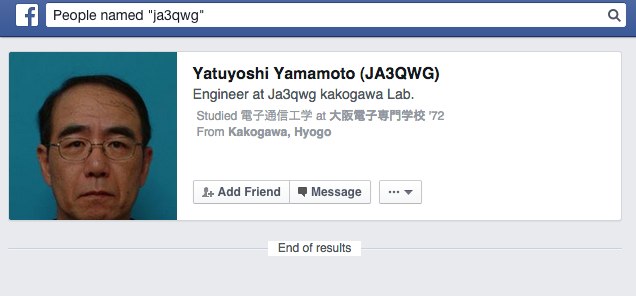YOTA 2015 Italy
Yesterday I’ve been in visit to Marina di Massa for the YOTA 2015, Youngster on the air an International Event by IARU R1.
A total of 76 young hams coming from 22 countries where present
Countries represented, includes Belgium (UBA), Great Britain (RSGB), Poland (PZK), Czech Republic (CRC), Tunisia (ARAT), Croatia (HRS), Spain (URE), Netherlands (VERON ), Sweden (SSA), Austria (OeVsV), Serbia (SRS), Estonia (ERAU), Slovakia (SARA), Hungary (MRASZ), Finland (SRAL), Montenegro (MARP), Bosnia-Herzegovina (ARABiH), Oman (Roars), Ireland (IRTS), Bulgaria (BFRA), South Africa (SARL) in addition to the hosting country Italy (ARI).
It has been a nice experience, and really make pleasure to see so many youngs still interested into ham radio.
Read more about YOTA 2015





























































